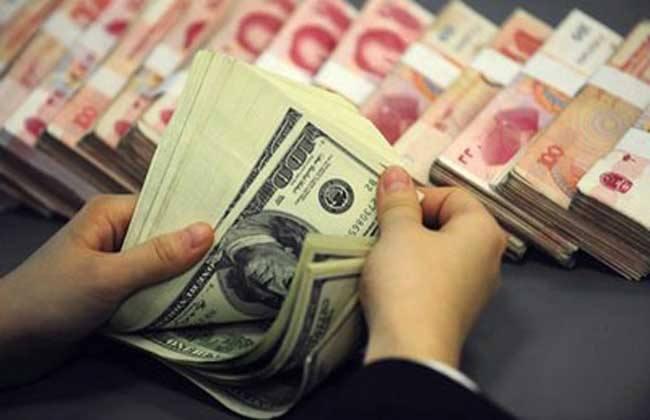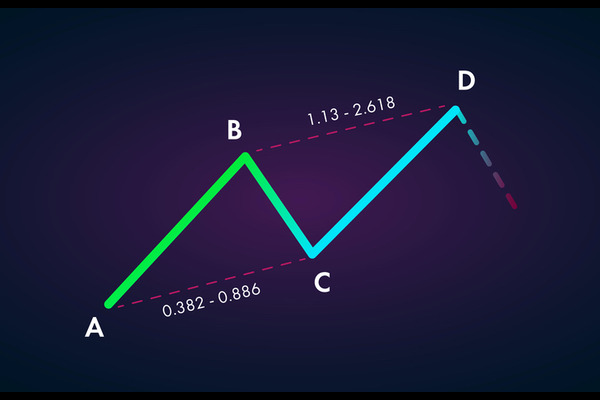What does Two-way Trading mean?
2023-06-26
 Summary:
Summary:
In a two-way trading, each participant hopes to obtain the expected benefits or value from the trading. Both participants may have different needs, resources, or interests, so they satisfy each other's needs through exchange.
Bidirectional trading refers to a trading method in which both the buyer and
seller can engage in trading during the trading process. The characteristic
of this trading method is that both the buyer and seller can buy and sell
simultaneously, thereby maximizing the interests of both parties.

In traditional trading, usually only the buyer or seller can conduct the
trading , while the other party can only passively accept the trade.
But in two-way trading , both buyers and sellers can actively engage in
trade, thereby increasing the flexibility and efficiency of the
reade. This trading method can make the market more active, improve market
liquidity and efficiency.
Two-way trading are usually applied in fields such as financial
markets, commodity markets, and real estate markets. In the financial market,
two-way trading allows investors to have more flexibility in buying and selling
during market fluctuations, thereby reducing risk and obtaining higher returns.
In the commodity and real estate markets, two-way trading can enable buyers
and sellers to reach trading faster, thereby improving market liquidity and
efficiency.
The implementation of two-way trading relies on the support of
trading platforms and trading rules. The trading platform needs to provide
bidirectional trading functions, including buying and selling trading
interfaces, real-time updates of trading prices, etc. Trading rules need to
clarify the trading rules and procedures for two-way trading to ensure
fairness and transparency in trade.
In short, two-way trading is a flexible and efficient trading method that
allows both buyers and sellers to gain more benefits. It is an indispensable
part of the modern market economy and an important driving force for market
development.







